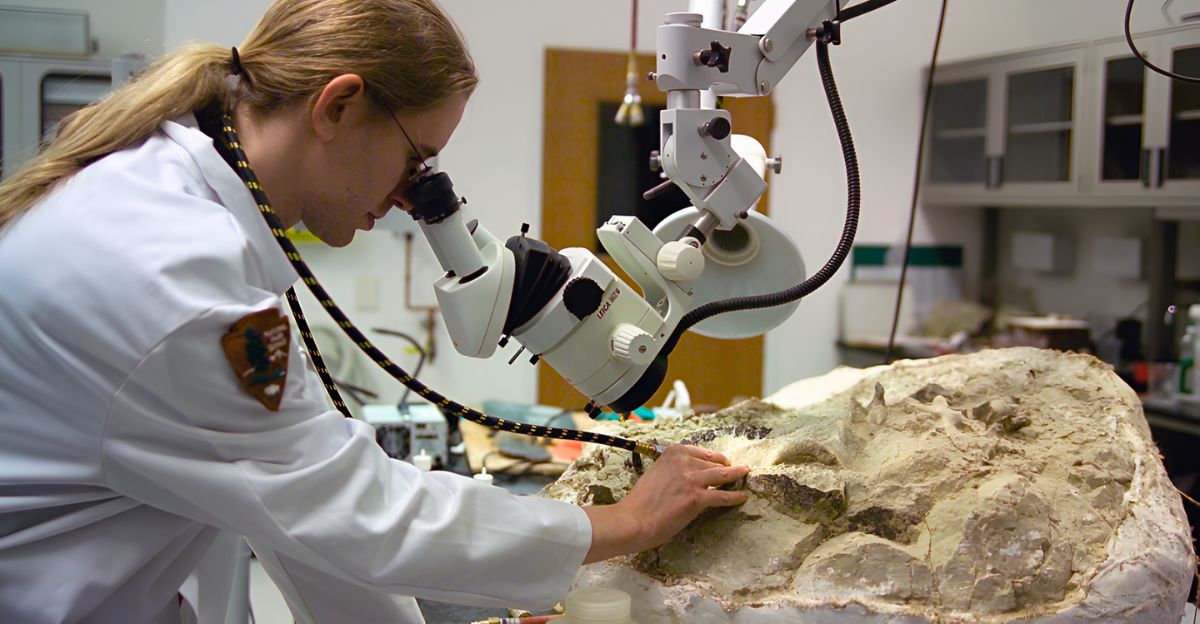
Scientists have made an intriguing discovery in the middle of some of Earth’s most scorching, arid deserts. In Namibia, Oman, and Saudi Arabia, ancient rocks are traversed by narrow tube-like structures.
The tubes don’t resemble any familiar geological process and could have a biological source. Researchers are trying to identify what organism could have created them, or whether they could be something entirely unknown.
Secretive Hints in Harsh Environments
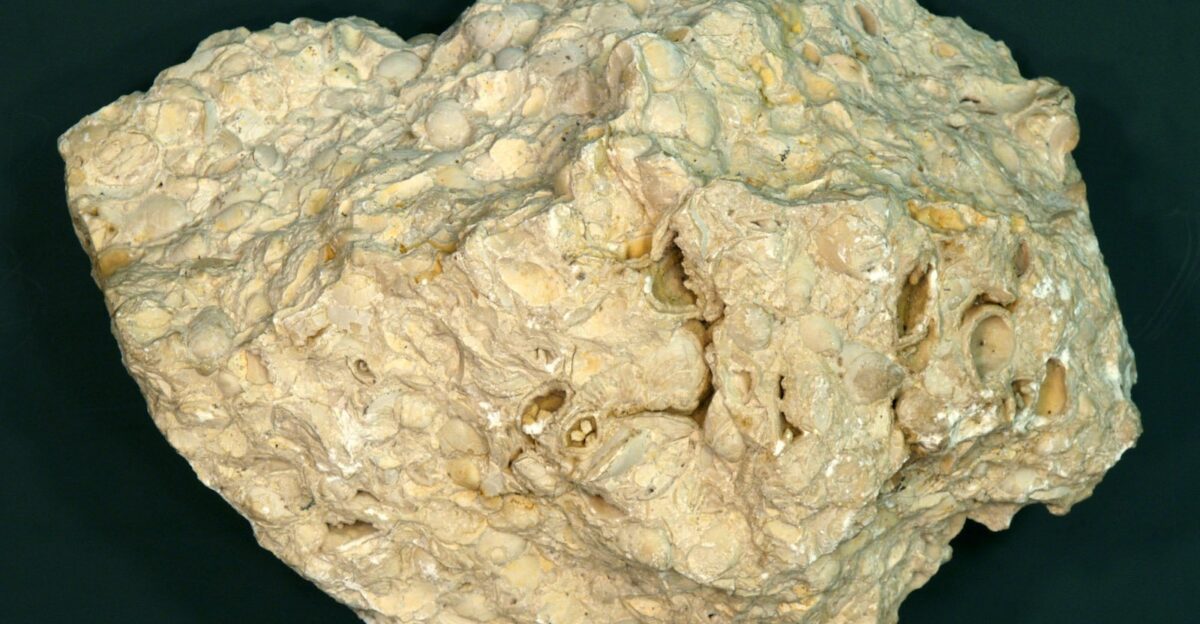
These structures appear in the world’s deserts, some of Earth’s harshest environments. Blistering heat, intense winds, and very little water cause these deserts to appear lifeless.
But secrets lie hidden beneath the surface. It was in these arid, rocky landscapes that researchers first noticed the strange tube patterns within limestone and marble rocks.
Taking a Closer Look at the Rocks
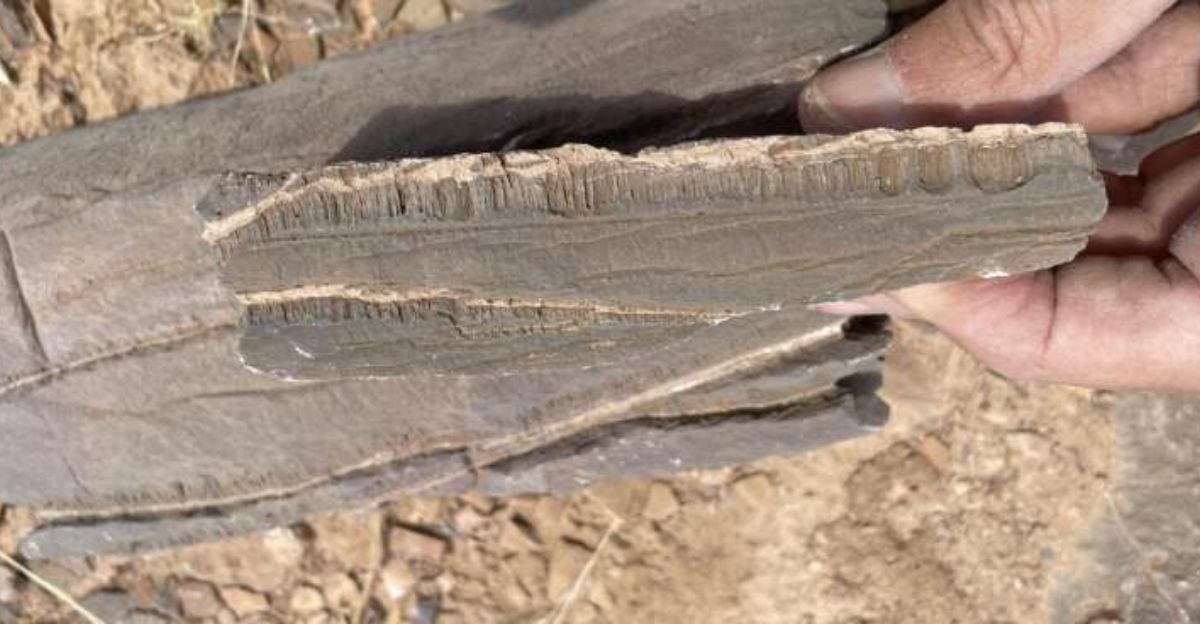
As they examined desert erosion, scientists saw that the rocks contained thin, well-structured tubes. They did not appear to be normal cracks or mineral veins.
The tubes, instead, created tidy, repeating patterns—too regular to be random. The unusual structure made scientists curious as to whether these tubes might be something more than a geological anomaly.
Initial Field Impressions

Johannes Gutenberg University Mainz geologist Professor Cees Passchier initially found the tubes. He and his colleagues were amazed at how conspicuous they were against the rock background.
According to Passchier, no geological process was understood to form these tubes, which called for close examination to determine how they were created.
Interiors of Tubes Investigated
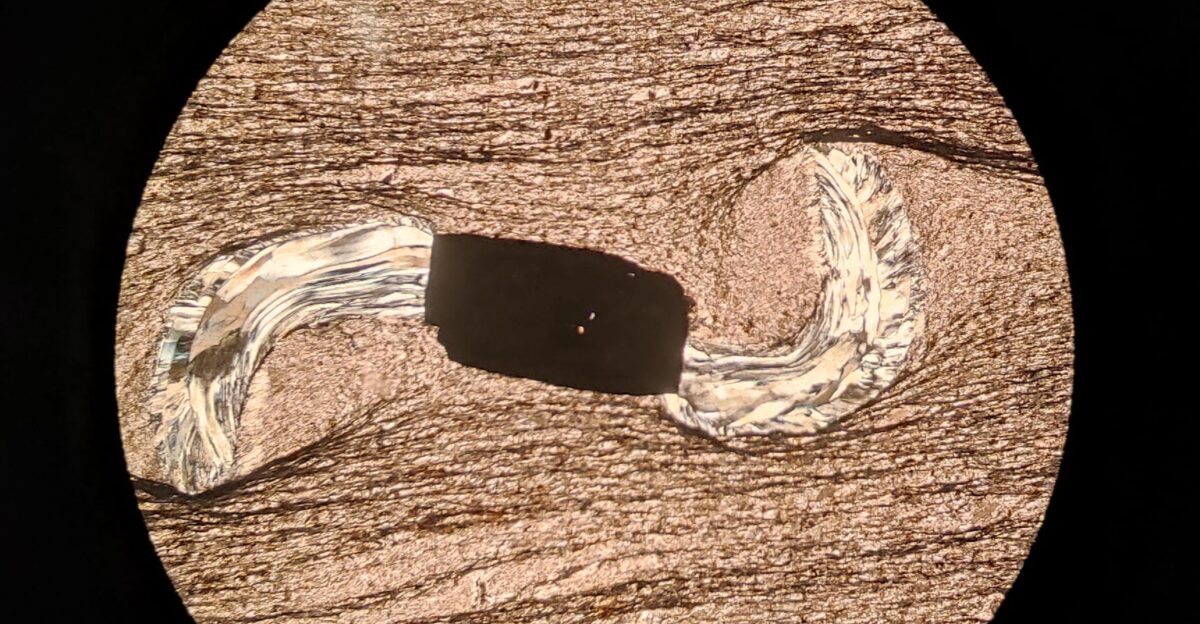
Scientists sampled the insides of the tubes and discovered mineral and structural hints that something may have lived in or built them. This changed their focus from geology to biology. The tubes may be a sign of an organism that grows in or burrows through the rock, instead of a purely physical rock formation.
Extreme Conditions, Extreme Life

These deserts are home to extremophiles—organisms that can survive extreme heat, dryness, and hostile environments. Some microbes live in rocks, sheltering in pores and cracks. Scientists suspected that one of these tough organisms could be the tube-maker.
Testing Known Microbes
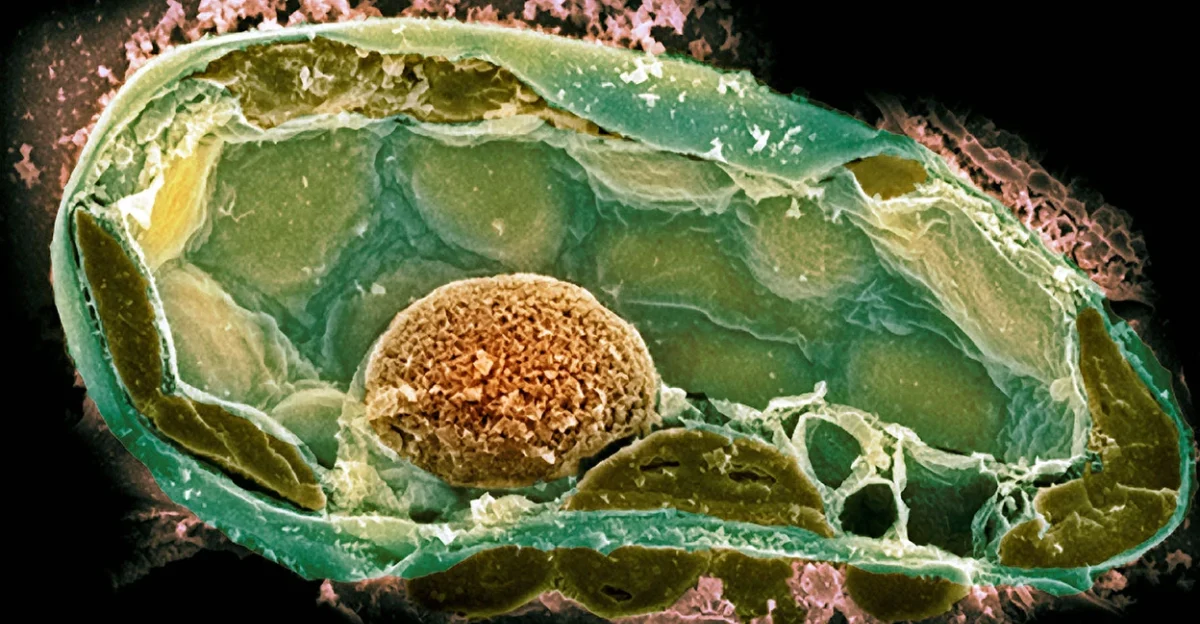
Microbes like fungi, bacteria, or lichens typically inhabit rocks or rock surfaces, so scientists initially considered this. But the tubes were embedded in the rock in total darkness, eliminating photosynthetic microbes such as cyanobacteria. Chemical analysis also eliminated other microbial possibilities.
Why Fungi Were Unlikely
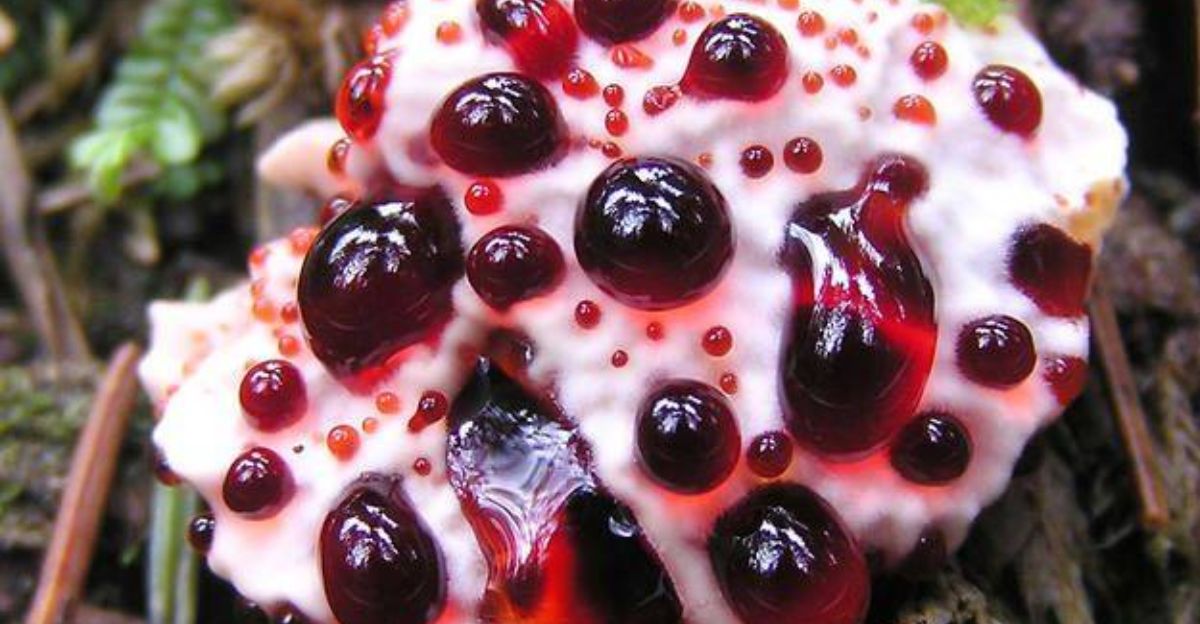
Fungi seemed like the obvious suspect since fungi digest the material around them. Anyway, the tubes did not exhibit any of the chemical signatures typical of fungal activity.
Their shapes were too symmetrical and regular to fit any pattern recognized from fungi, which continued the scientists’ search for other explanations.
Signs of Life

Despite eliminating numerous familiar organisms, the evidence showed shows signs of life. The tube’s regularity excluded the explanation of random cracking or chemical weathering. Mineral deposits around the tubes supported the notion that a biological process, rather than physical forces alone, formed them.
Possible Ancient Origins
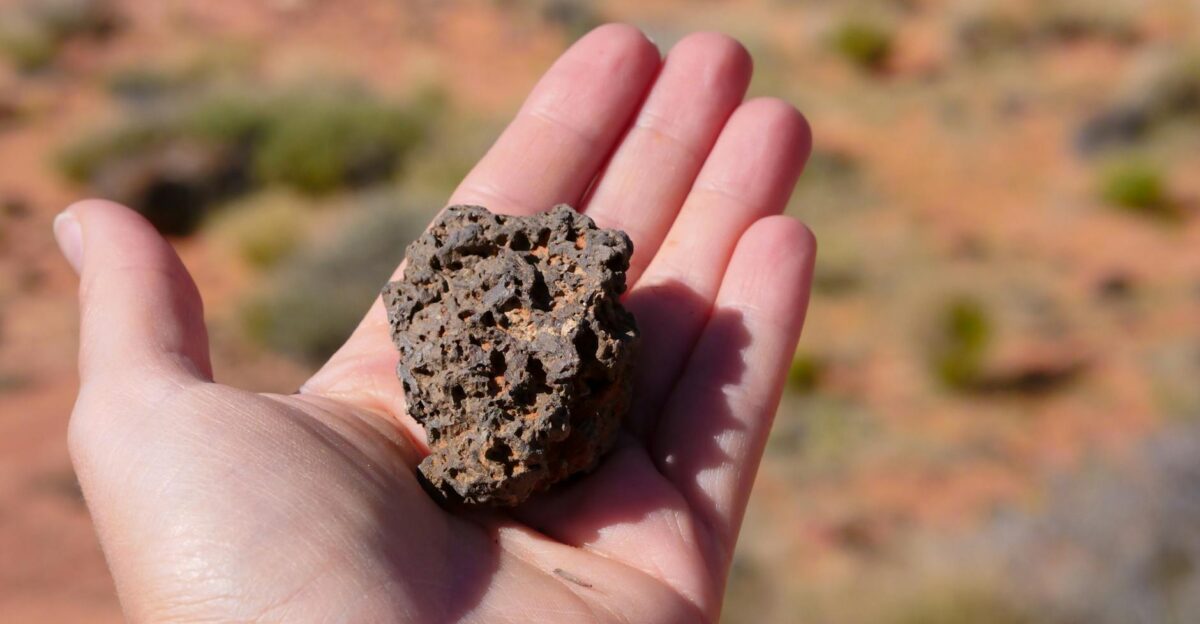
Scientists continue to think that if life formed these features, it could have been present when these desert areas were more humid. Past climates could have been hospitable to strange microbes that don’t exist today. Considering the present dry conditions, it’s hard to determine what living organisms could be responsible.
Still an Open Question
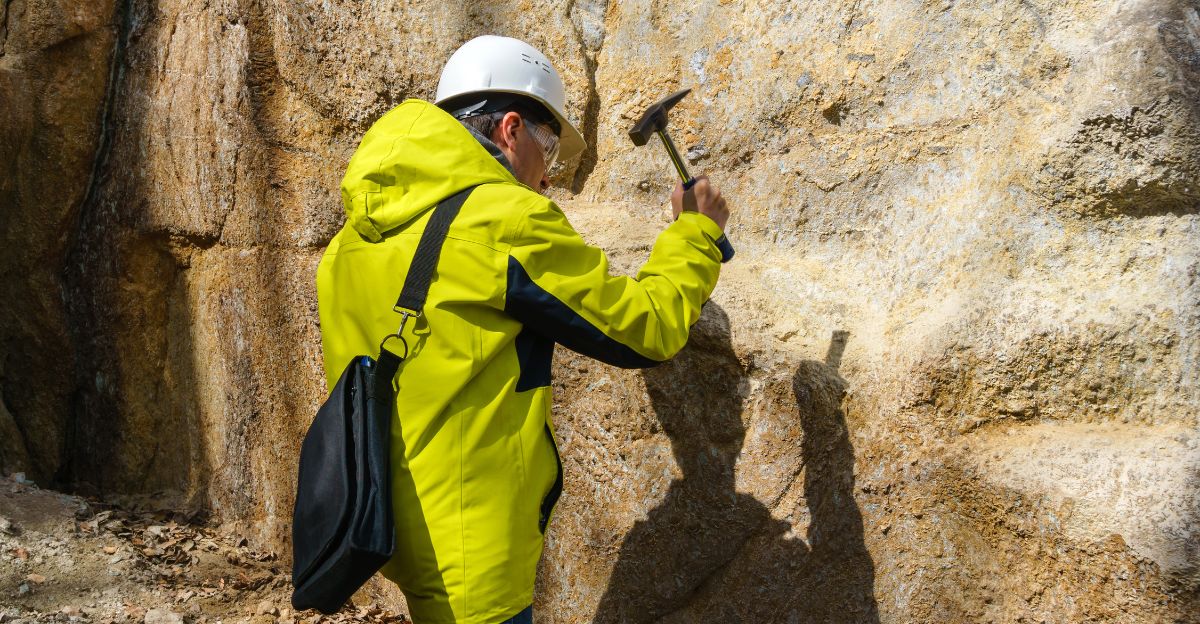
To date, scientists have not equated the tubes with any lifeform on Earth. The study was published in the journal Geomicrobiology, but many questions persist. Are the tubes a sign of an entirely new microbe, or a new way that life infects rock?
Why This Matters
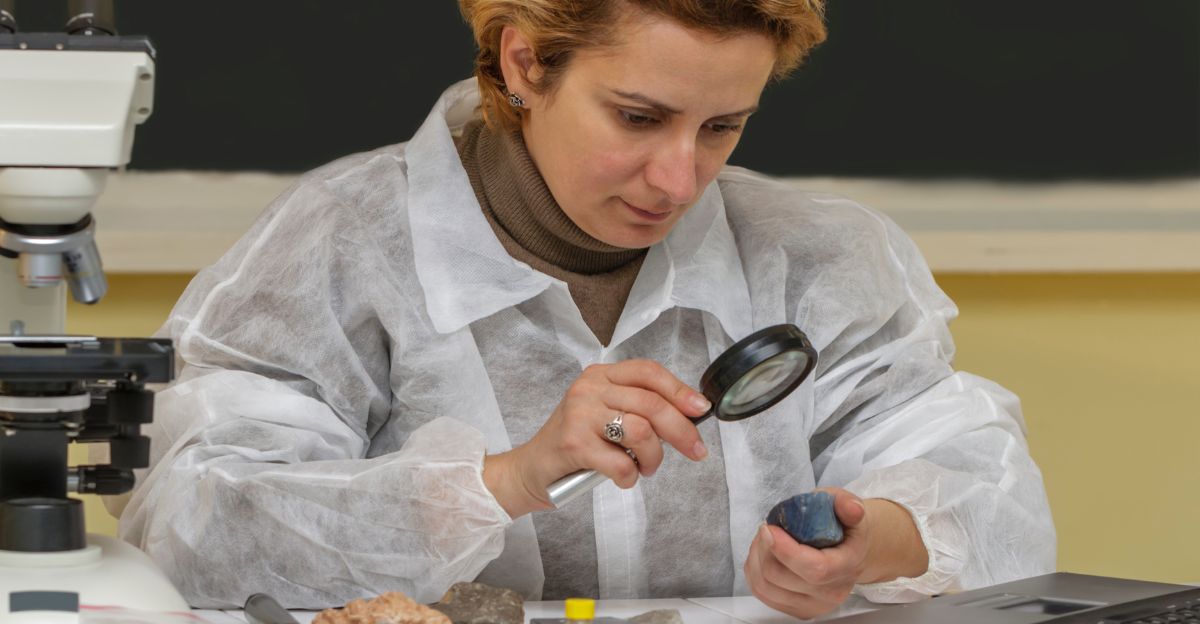
The discovery of a new lifeform would change our understanding of the potential for life on Earth and beyond. It could explain how life could thrive on planets with inhospitable environments, like Mars or icy moons. This kind of research helps scientists refine where and how to search for signs of life.
Future Directions for Researchers
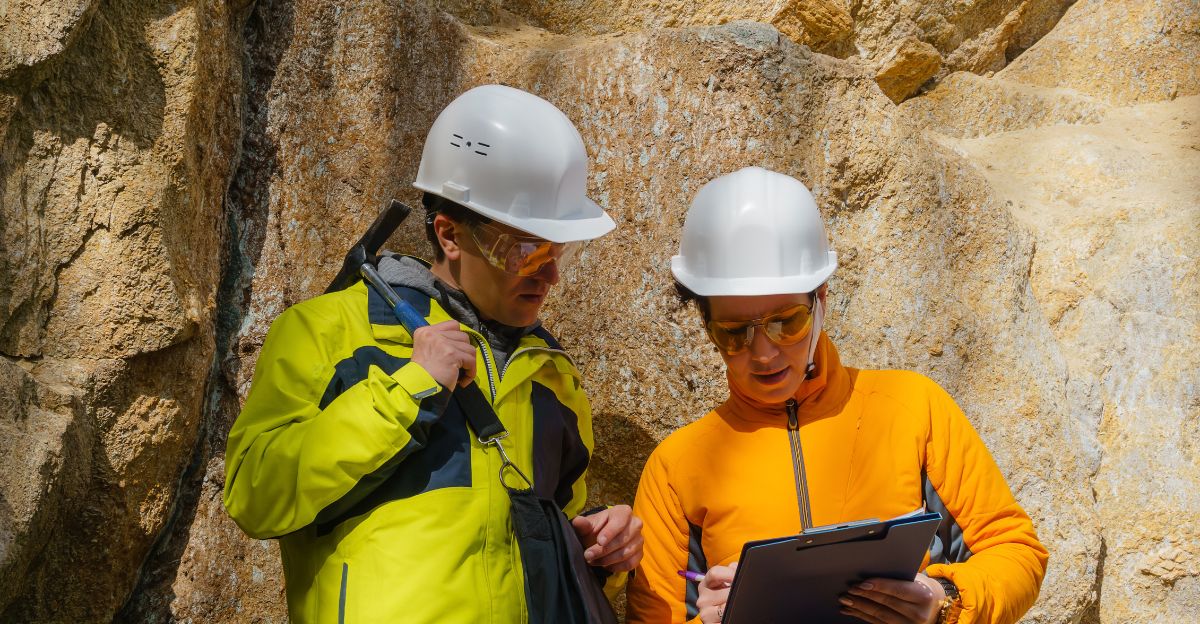
Scientists intend to keep examining these tubes and look for additional examples. They will employ sophisticated imaging and chemical analysis to track genetic material or other direct indications of life.
The existence of DNA or analogous markers would conclude whether the tubes were created by living things or by unidentified natural processes.
A Mystery Still Unfolding

The origin of these tubes still remains a mystery. Whether formed by unknown microbes or something else entirely, they remind us that Earth is still full of secrets. Researchers will keep digging—literally and figuratively—to uncover the true story behind these unusual desert formations.







